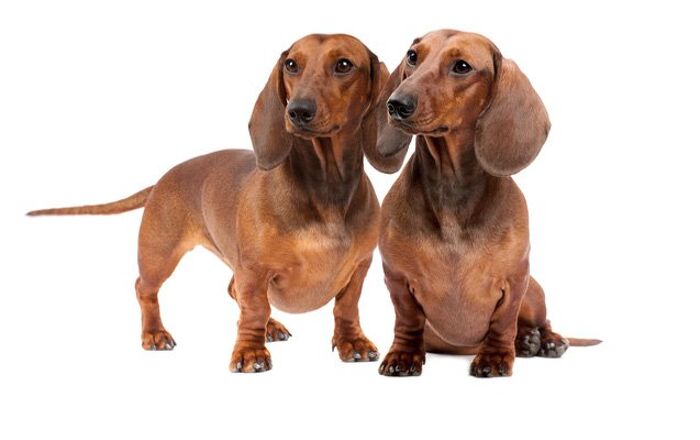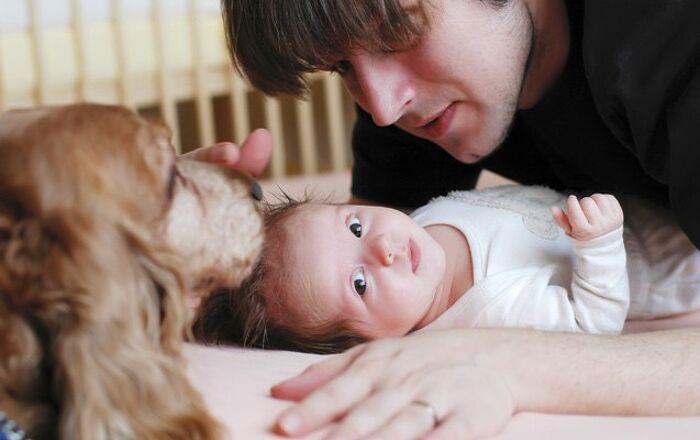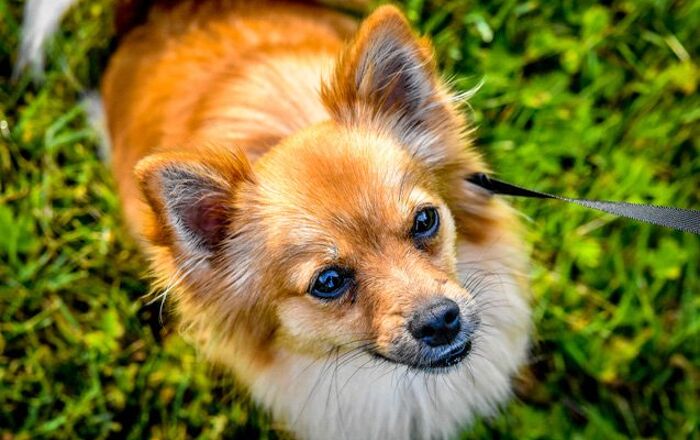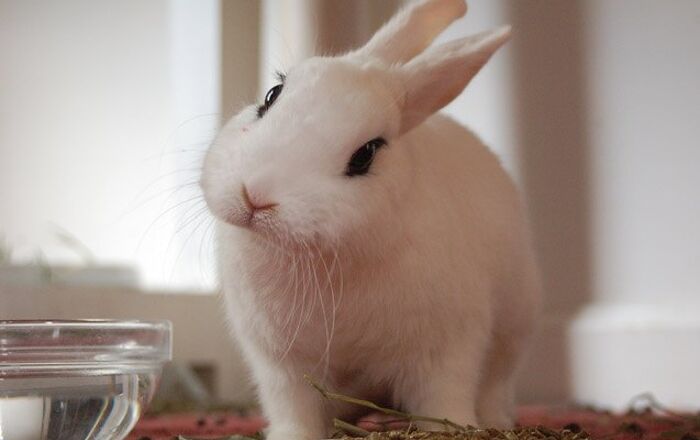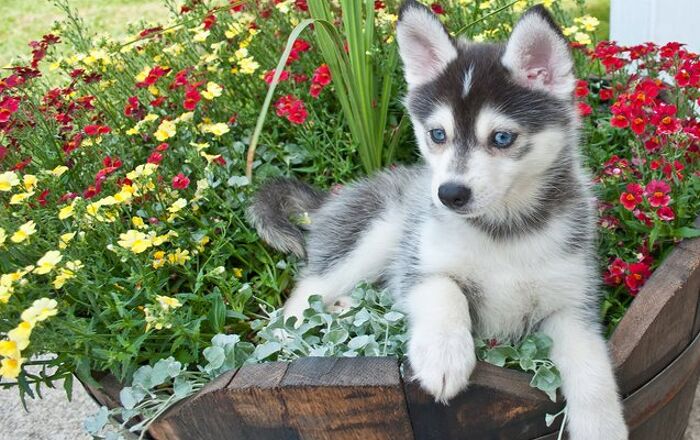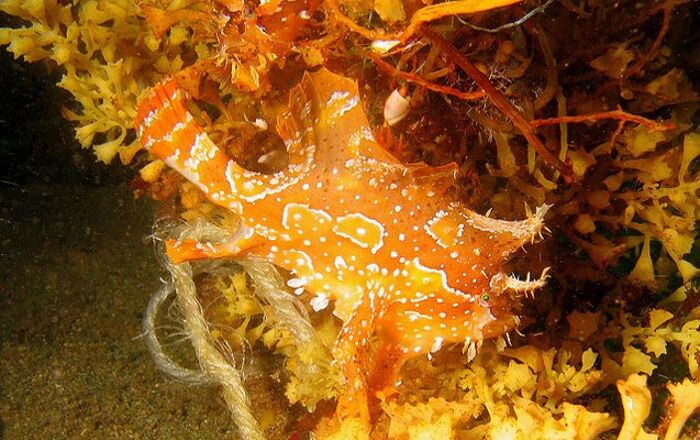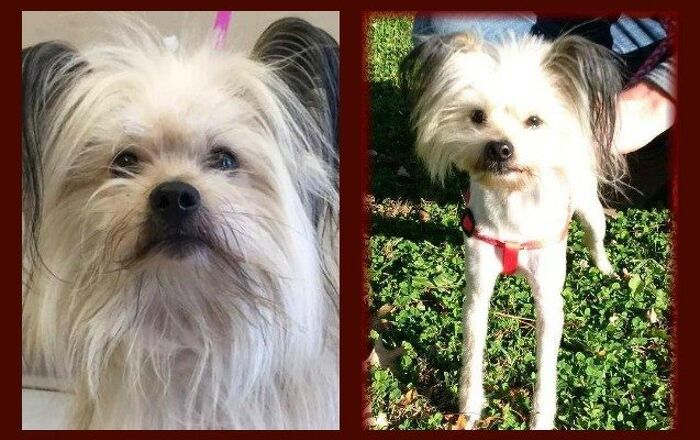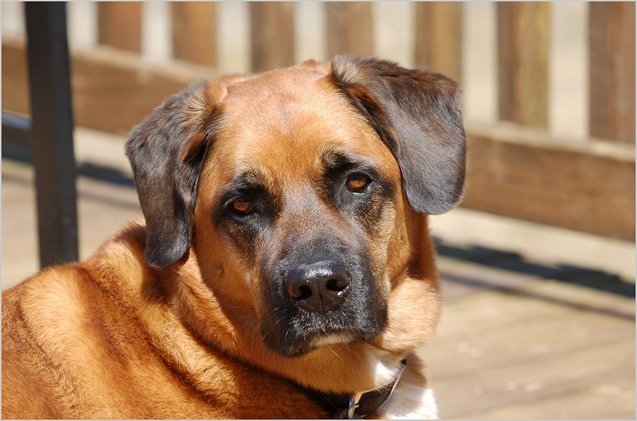
Labernard Basics
The Labernard is a hybrid of the easy-going Labrador Retriever and the gentlest of giant dogs; the Saint Bernard. In spite of this placid lineage, he’s a big boy that can have a mind of his own and requires regular exercise to expend some of his energy and a firm hand when it comes to training. His ideal owner is someone with the time and patience needed to bring out the best in this dog and who has experience raising larger breeds.
The Labernard is a hybrid of the easy-going Labrador Retriever and the gentlest of giant dogs; the Saint Bernard.
Origin
The Labernard is considered a designer dog and likely dates back 30-40 years when demand for a smaller “format” of the large breed dog first took off. Although he may be a recent addition to the world of dogs, the Labernard comes from seasoned stock that includes the Labrador retriever who dates back to 19th century Newfoundland, Canada where he was used by fishermen to haul nets, ropes and pull in fish and the St.Bernard who rumor has it, came from breeding native dogs with giant Asian Molossers during the first two centuries AD.
Pedigree
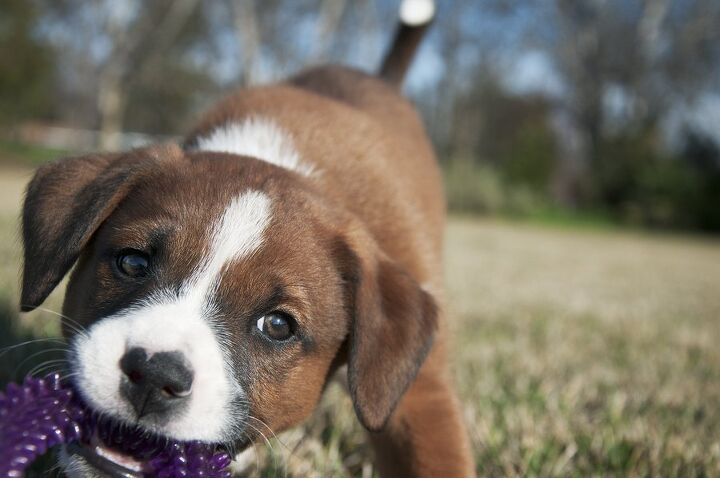
As a hybrid, the Labernard does not qualify to join the American Kennel Club’s (AKC) roster of purebreds. His parents however, have both achieved AKC status; the Labrador retriever was admitted to the club’s “sporting” group back in 1917 and is described as active, friendly and outgoing. The St. Bernard became a member of the “working” group in 1885 and is considered, friendly, patient and outgoing.
The Labernard’s parents both achieved AKC status; the Labrador retriever was admitted to the club’s “sporting” group back in 1917 and the St. Bernard became a member of the “working” group in 1885.
Food / Diet
The Labernard is a large-sized dog that will consume up to 3 – 4 cups of dry food daily. Kibble size should be large (to slow gobbling) and should be geared specifically to his age and activity level. Always choose food that lists “meat” as a first ingredient and avoid fillers such as carbohydrates and grains that will make him want to overeat in order to feel full. As both the Labrador retriever and St. Bernard are prone to hip dysplasia and joint issues, foods that include glucosamine are a good option. Because Labs are also known to over-eat whenever they can and St. Bernard’s can suffer from bloat, don’t plan to free-feed your dog or exercise immediately after feeding.
The Labernard’s friendly, intelligent personality and alert, protective nature make him a perfect family dog.
Training
The Labernard can be a handful when it comes to training and may require the support of a professional trainer or obedience school if you aren’t an experienced dog owner. Patience will be needed with this big boy as well as time and perseverance, but he’s a great dog and when fully trained and socialized will be a great addition to any family. Adapt a positive, rewards-based approach to his training, with firm, consistent instructions followed by lots of praise and your choice of reward.
Weight
The Labernard is considered a very large sized breed and when fully grown, will weight 80-150 pounds depending on whether you have a male or a female.
Temperament / Behavior
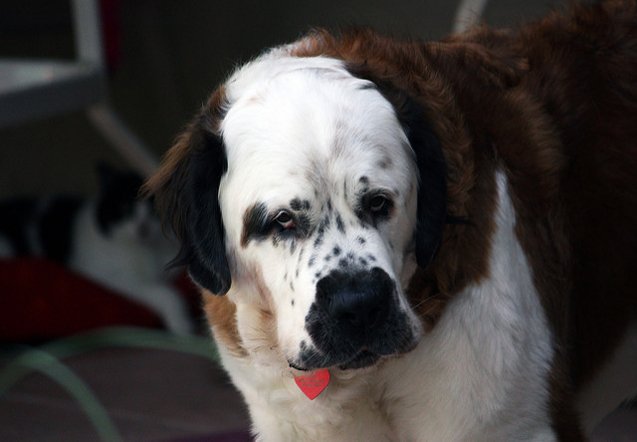
Both the St. Bernard and the Labrador retriever are known for being patient, gentle dogs who rate high on the obedience scale. Similarly, the Labernard’s friendly, intelligent personality and alert, protective nature make him a perfect family dog or even a great candidate for a service dog. While he can be wilful and require a professional trainer, once he’s on the right path he will be an awesome pet.
Common Health Problems
Although the ailments that plague pure-bred dogs may completely bypass your hybrid, be sure to do your home-work to understand what health issues he may in fact have inherited. For both Labrador retrievers and St. Bernard’s, hip and elbow dysplasia are a common problem with the St. Bernard also being very susceptible to gastric torsion (bloat) as well as bone and joint issues.
Life Expectancy
The Labernard has a life expectancy of 8 to 12 years.
Exercise Requirements
The Labernard is a very active dog that will require substantial exercise and is best suited to an owner or family who enjoys outdoor fitness activities such as running, hiking or jogging. As with most energetic breeds, a lack of exercise can result in depression and boredom that can turn into destructive behavior. Ideally, his owner will have a fenced yard where a ball can be tossed and this big boy can enjoy some active playtime to augment his walks and keep him mentally stimulated.
The Labernard can be a handful when it comes to training.
Recognized Clubs
The Labernards hybrid status means he is not a member of the American Kennel Club. He is however a member of the Dog Registry of America, Inc. (DRA).
Coat
The Labernard’s fur is short and dense, with a thick double-coat. His coloring can range from white, yellow, brown and tan to black or red and often includes markings similar to those of a St. Bernard. He is considered a moderate shedder which means brushing up to three times per week in order to keep the hair in check. Because he is a floppy eared dog, he can run into issues with moisture / wax build-up so you should be checking and cleaning his ears weekly to avoid infection.
Puppies
Large breed dog puppies grow rapidly and pet owners need to be extremely careful about their diet. Providing them with the right nutrition is critical as studies show that free-feeding or overfeeding your pup high energy foods that may include excess calcium can result in osteochondrosis – an orthopedic disease that can occur in fast-growing dogs, particularly large breeds such as Great Danes, Newfoundlands and St. Bernard. Puppies can’t properly absorb the added calcium and it can impact bone growth. Consult with your vet or breeder about the best diet for your little guy.
Photo credit: Samuel Todd/Flickr; Moril Moris/Flickr; RJGrant/Bigstock

